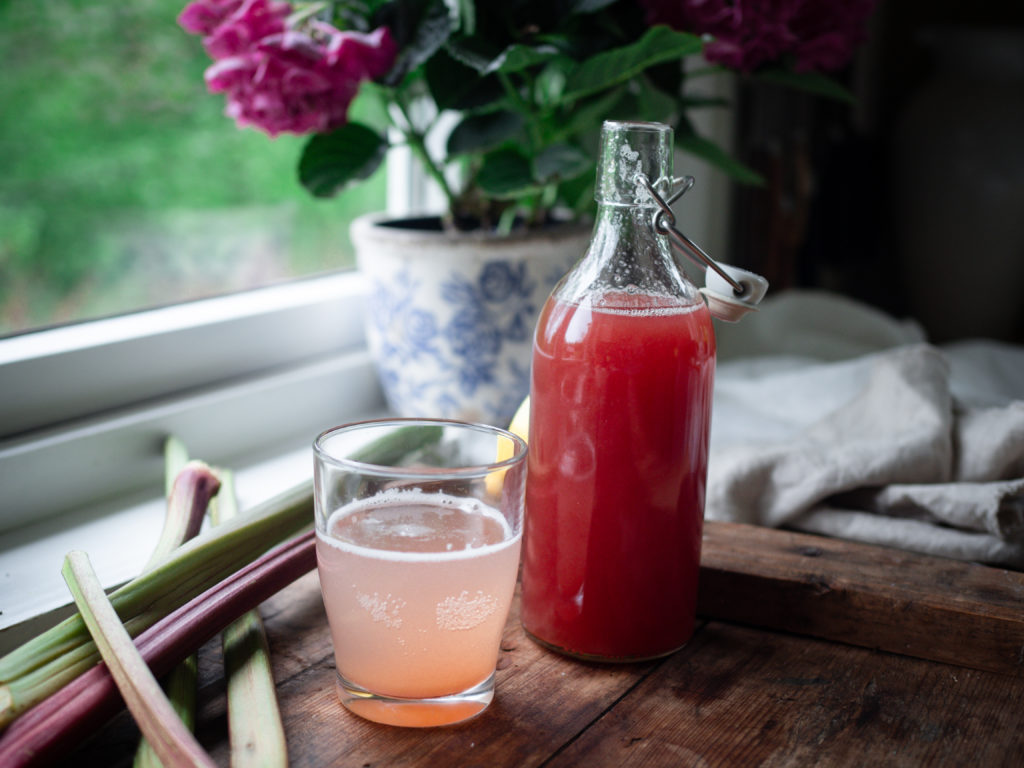
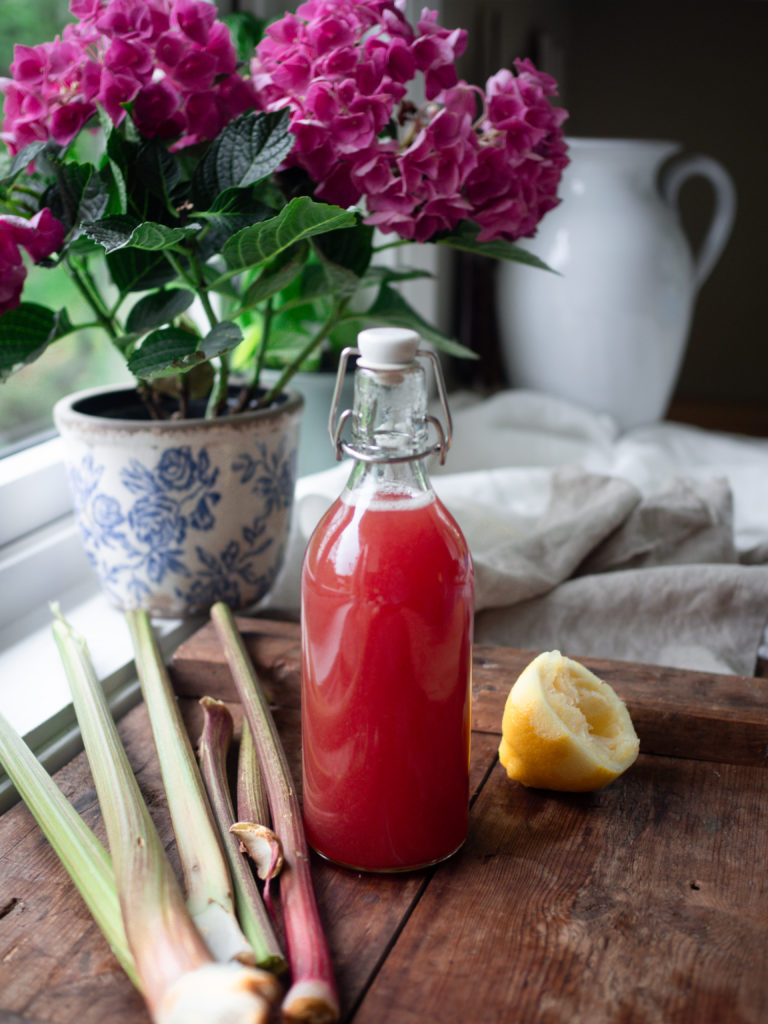
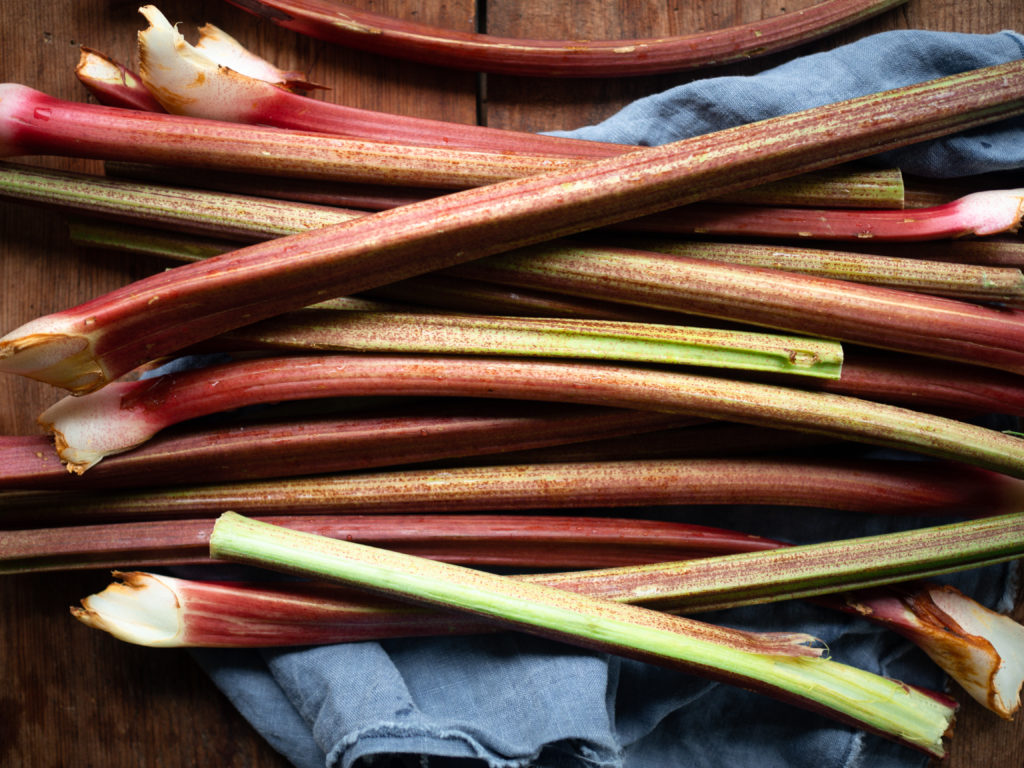
Rhubarb cordial, rabarbrasaft, has nostalgia and late spring/summertime all rolled into one. Here in the north, our rhubarb stalks aren’t ready until late May and early June. So, serving a tall glass of sweet and tangy rhubarb juice means summer is just around the corner – and that brings to mind so many wonderful memories and good times to come.
Rhubarb arrived in Norway in the 1700s; cultivated mostly for medical purposes. Yet, during the 1800s, rhubarb began to make its mark in the home kitchen as sugar became more available. Aside from the raw stalk dipped in sugar, rhubarb cordial and other classics like rhubarb cake and rhubarb soup, among others, remain favorites here. Making a saft (or cordial/concentrate) is just another way of prolonging the shelf life to ensure you get the most out the ingredients all summer long.
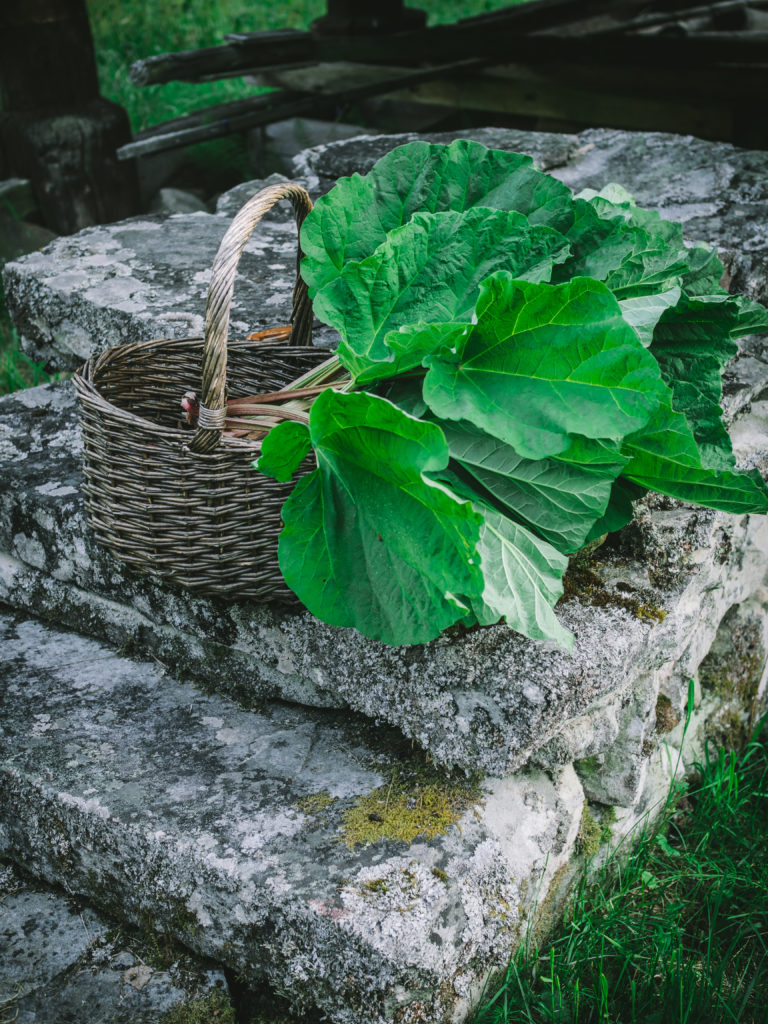
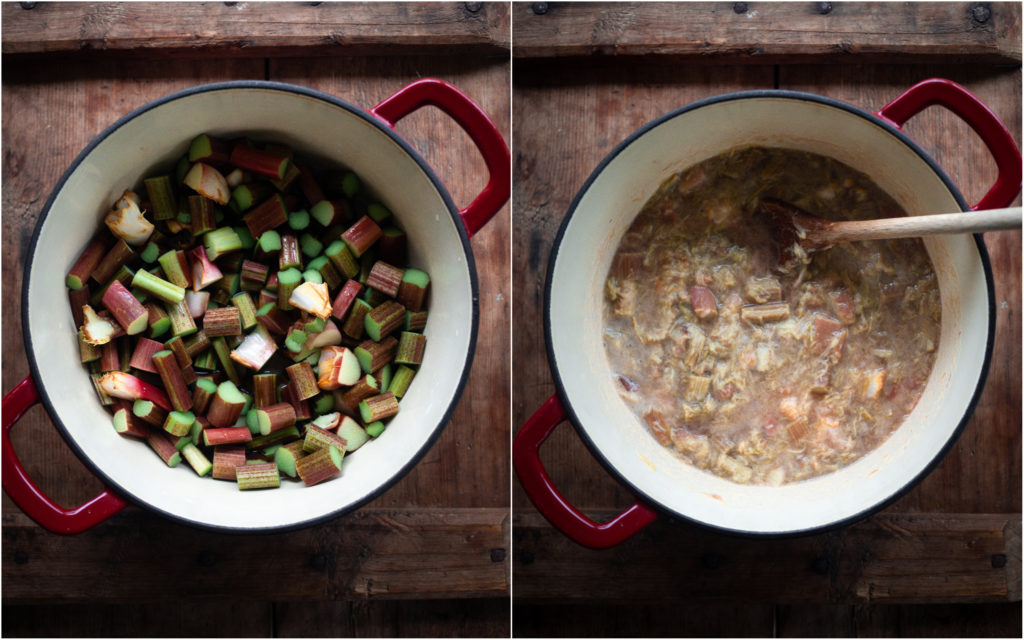
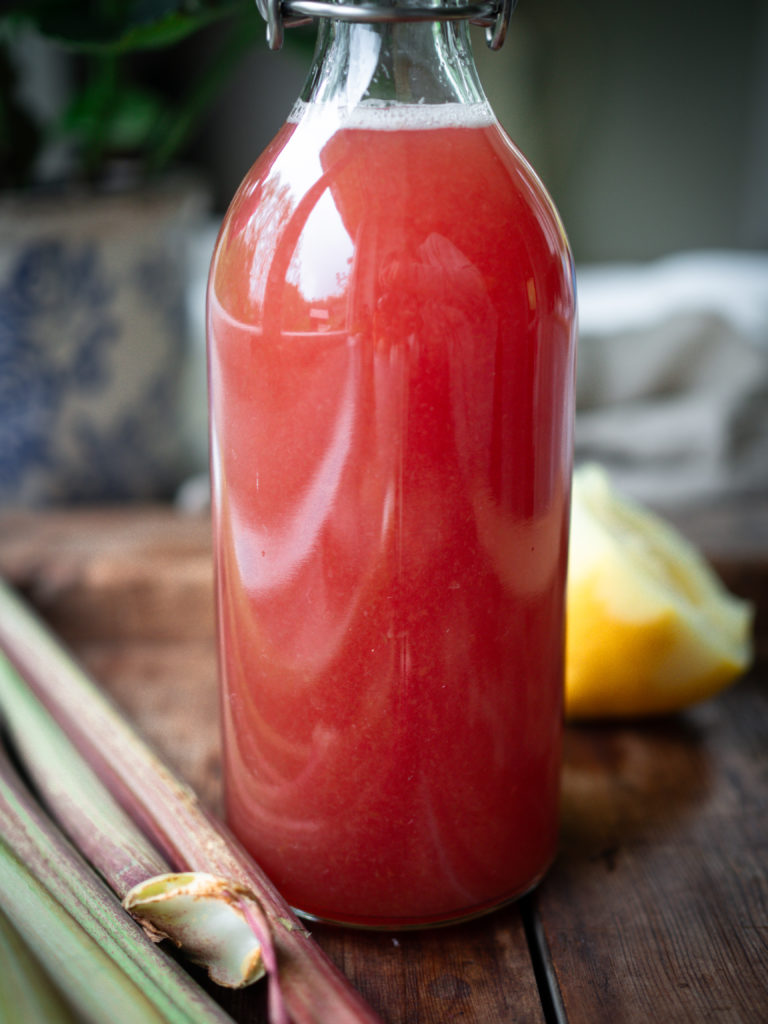
There are slight variations in the recipes for rhubarb cordial, some using orange instead of lemon or using both. Some add in extra flavor with vanilla, ginger or other spices. Truth be told, all you really need is rhubarb, sugar and water. I personally enjoy adding citrus in mine for a little extra tang and some vanilla just to round out all the flavors. Stored in the refrigerator, rhubarb cordial will last a couple of weeks. You can also freeze it for later use.
Homemade Rhubarb Cordial (Rabarbrasaft)
Makes about ½ liter (just over 2 cups)
- 2.2 pounds (1 kg) fresh rhubarb stalks
- 2 ¼ cups (540 ml) water
- 1 vanilla pod (optional)
- Juice and zest of 1 large lemon
- 1 ½ cups (300 g) granulated sugar
Trim and cut the rhubarb stalks into small pieces. In a large saucepan, bring the rhubarb pieces and water to a simmer over medium-high heat and cook for about 10 minutes or until the rhubarb has softened considerably. Using a fine mesh strainer, strain the rhubarb – squeezing out as much liquid from the rhubarb as possible – over a medium-sized saucepan. Discard the rhubarb or preserve for later use on things such as oatmeal or yoghurt. If using, slice the vanilla pod lengthwise, scrape out the seeds, and add the seeds and pod to the saucepan with the liquid. *You can use 1 teaspoon vanilla extract in place of the vanilla pod. Add in the lemon juice, zest, and sugar, bring to a simmer over medium-high heat, and cook until a syrup-like consistency is reached, about 10 to 15 minutes. Remove the vanilla pod. Pour the syrup into a sterilized jar, seal, and cool at room temperature.
To serve, I like to use a 1:4 ratio of syrup to water (but you can add more or less to your likening). Pour the syrup into a glass and top with cold water or sparkling water and a couple of ice cubes. Enjoy!
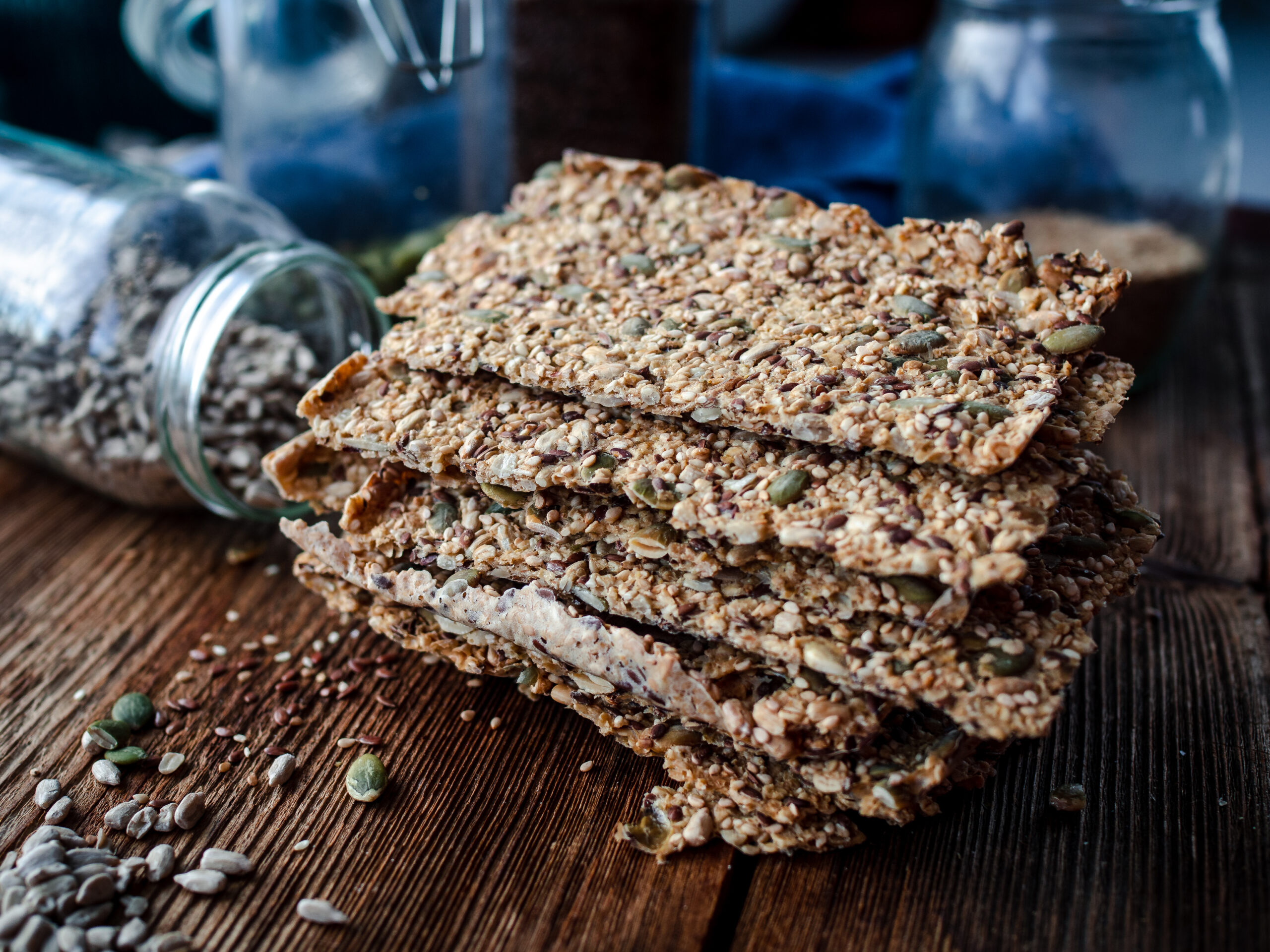
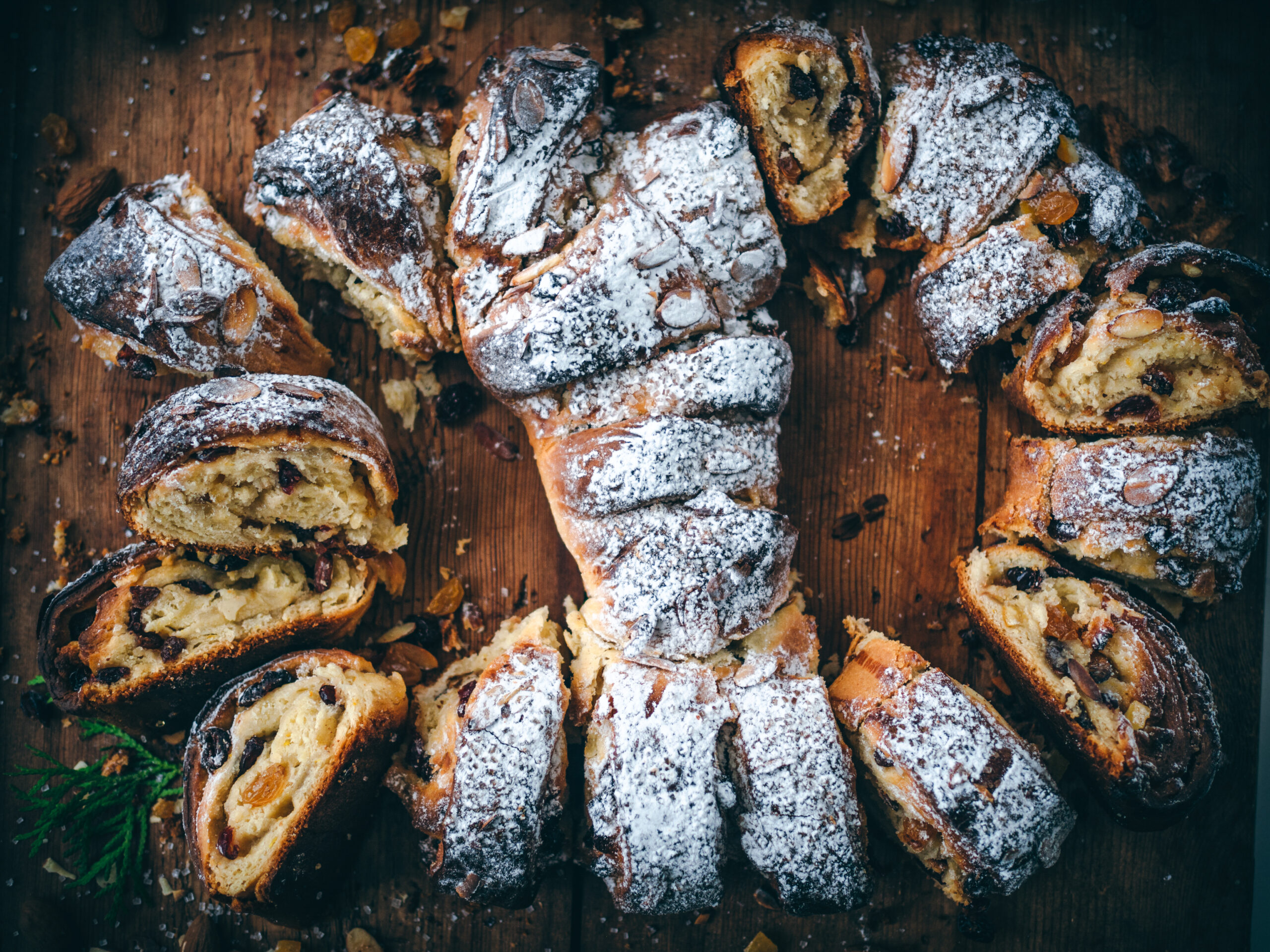
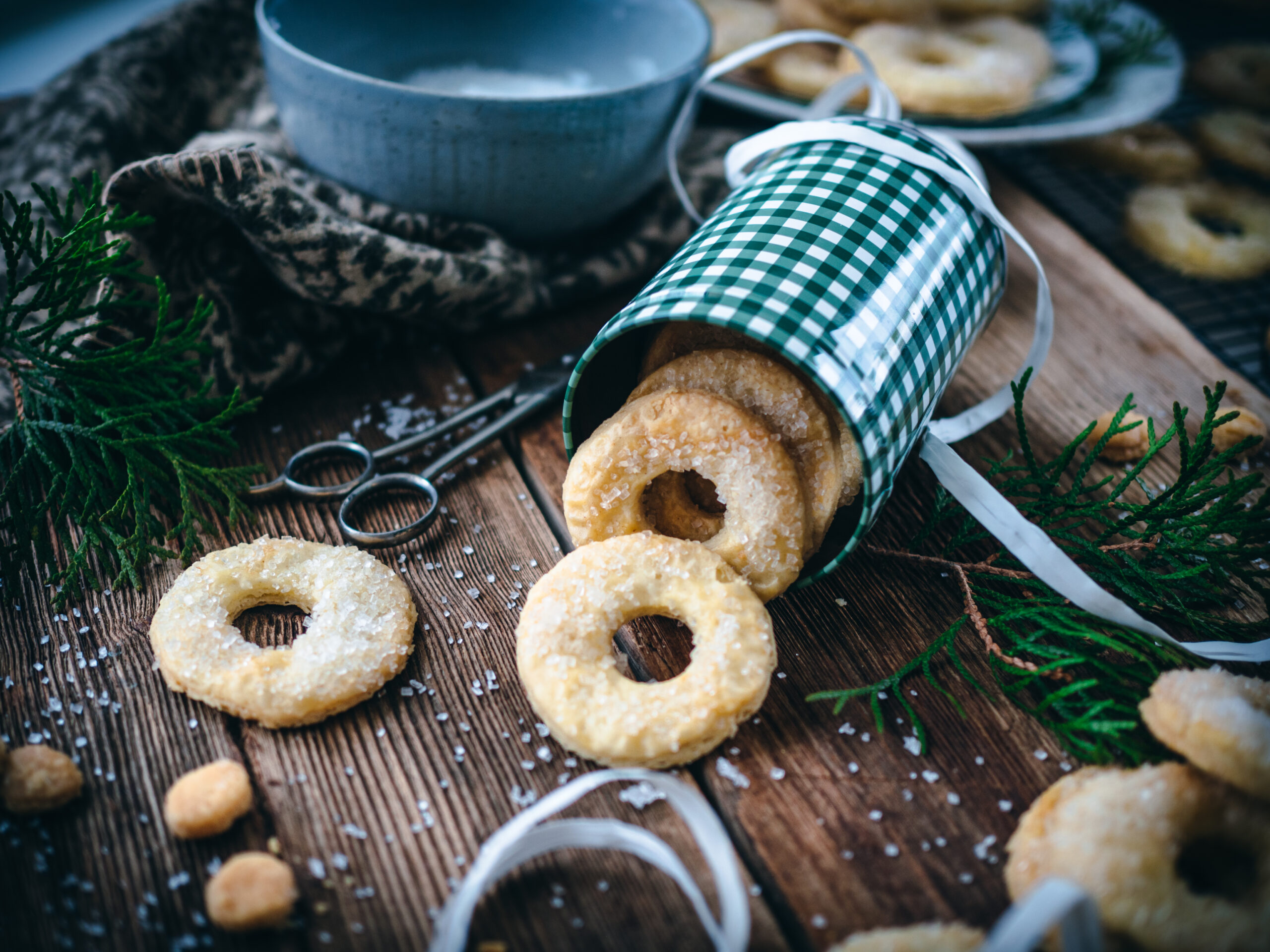
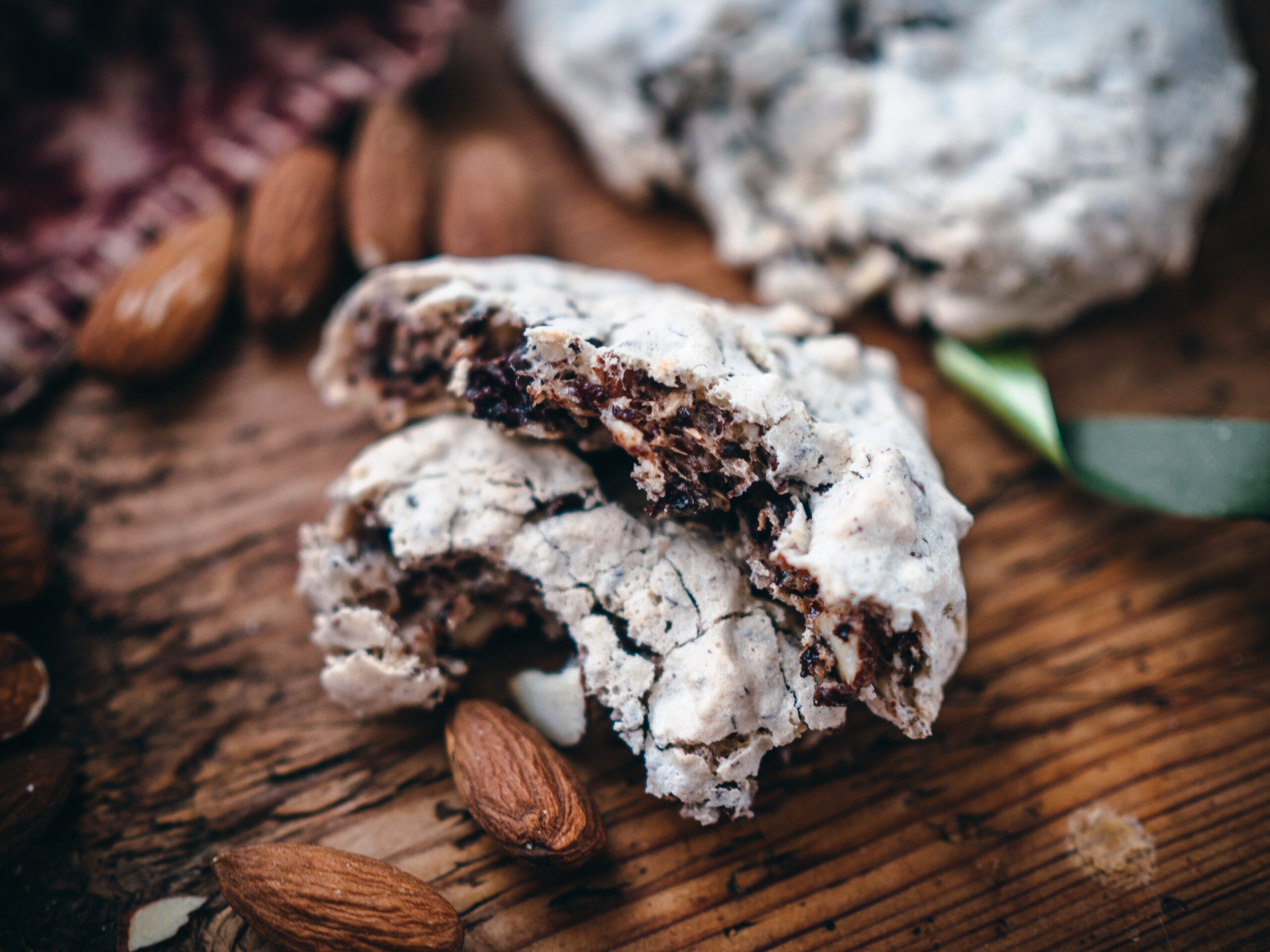

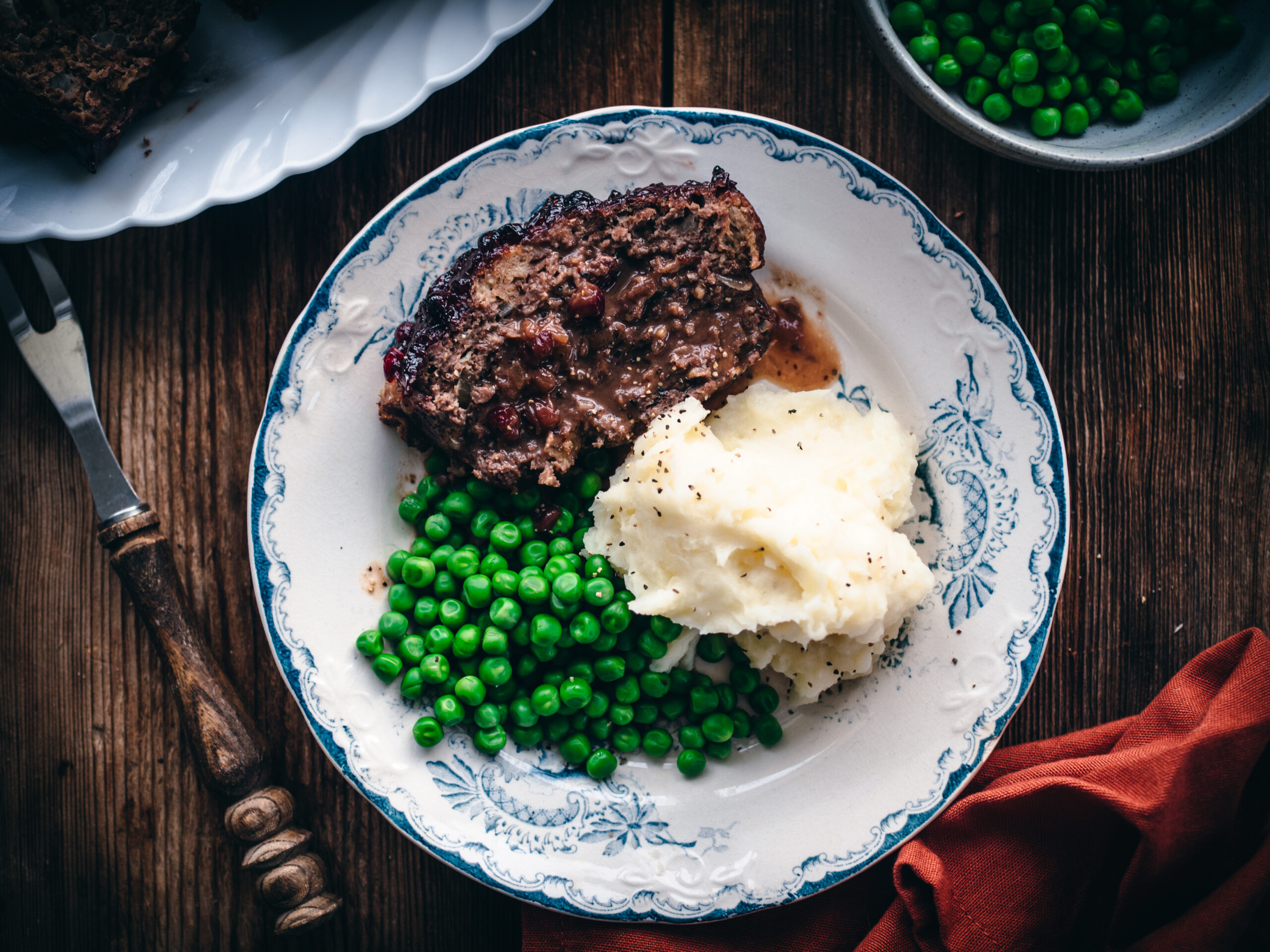
Could you make jelly from the rhubarb ?
It’s possible that you can make something of a jam with the leftover pulp, but I have never tried it before. I usually just add a little sugar and top on my oatmeal or make a quick crumble.
Thank you! This sounds delightful. Can I add one thing tho. Ive been told not to cook citrus for too long because it can turn bitter. It might be better to add it at the end of cooking, just before pouring into a jar.
Thanks, Susan. I haven’t had any problem with cooking the lemon juice in this regard, but by all means add it at the end if preferred 🙂
Discard the vanilla pod? Never. Let it dry then add it to 2 C of sugar and let age.
You are absolutely correct, Shelly. Save those pods and re-use as much as possible! I changed the wording to ‘remove’ instead.
This turned out fantastic! So refreshing and even the kiddos love it! I put a little less sugar (only 1 Cup) and it’s perfect.
So glad to hear it was a hit with the family! 🙂
Hi! Thank you so much for the recipe and information. Do you add the strained rhubarb juice to the water that you boiled them in?
The cooking liquid from the rhubarb is what is used to make the cordial. So, you keep the strained liquid (only removing the rhubarb) and then add in the vanilla, lemon and sugar. Hope this helps!
Thanks for posting this recipe…. I have just made it and it’s insanely good!!
Mike.
So glad you loved it!!